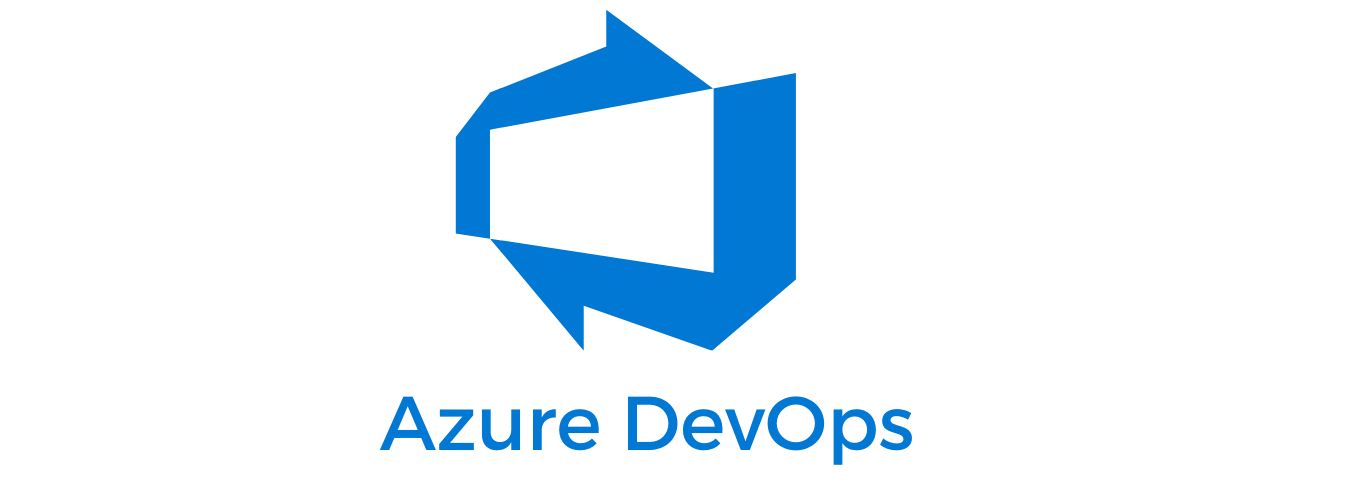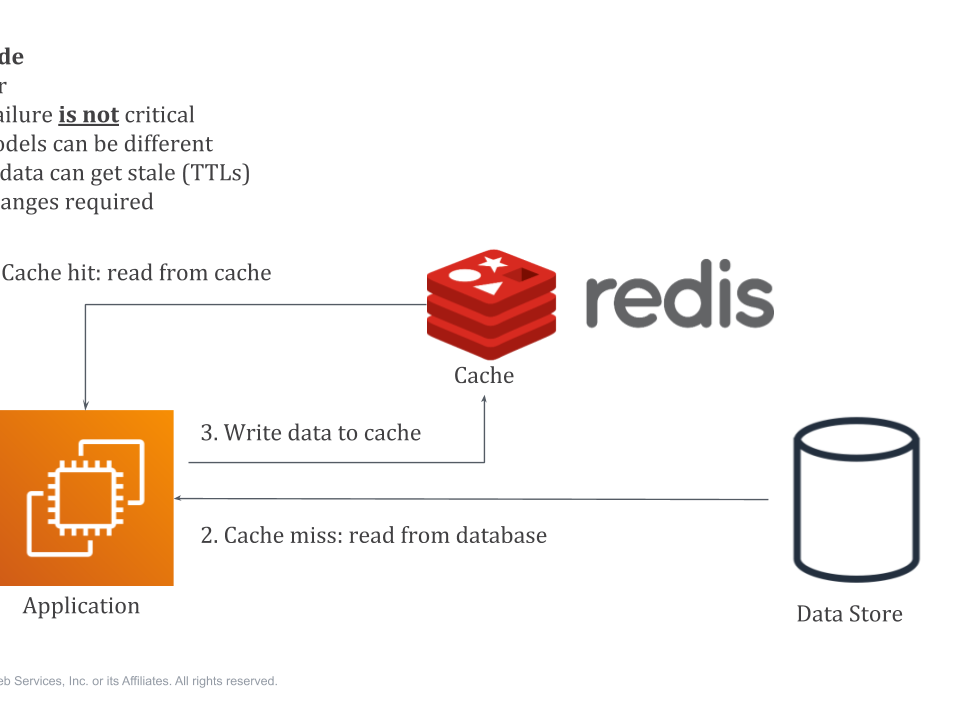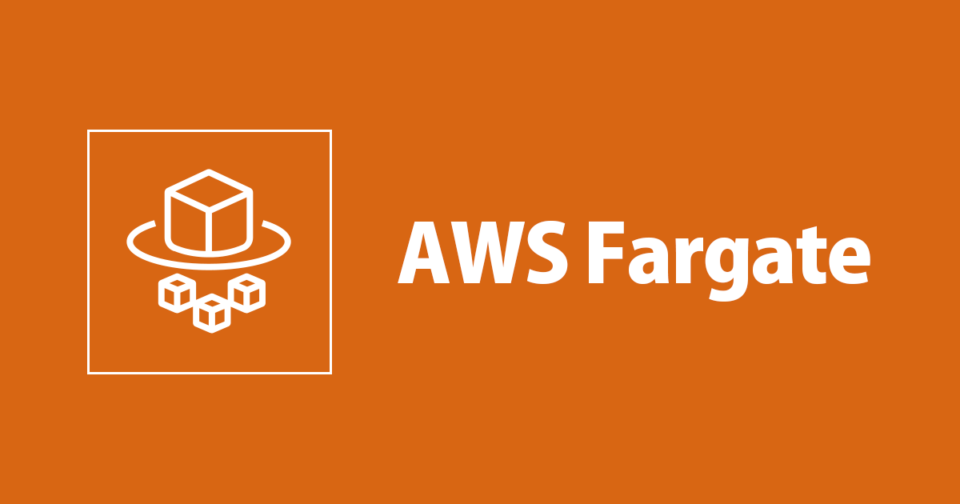
Quick Tip : How to Use the Spread Operator in JavaScript
10th October 2022
Integrate security into your developer workflow with GitHub Advanced Security for Azure DevOps
20th October 2022What Is Amazon SES?
Welcome to the Amazon Simple Email Service (Amazon SES) Developer Guide. Amazon SES is an email platform that provides an easy, cost-effective way for you to send and receive email using your own email addresses and domains.
Amazon simple Email Service (Amazon SES) is a cloud-based email sending service designed to help digital marketers and application developers send marketing, notification, and transnational emails. … you’ll use our SMTP interface or one in all the AWS SDKs to integrate Amazon SES directly into your existing applications.
Why use Amazon SES?
Amazon SES and other AWS services. you’ll send email from Amazon EC2 by using AN AWS SDK, by using the Amazon SES SMTP interface, or by making calls directly to the Amazon SES API. Use AWS Elastic beanstalk to create AN email-enabled application like a program that uses Amazon SES to send a report to customers.
Amazon SES and other AWS services:
Amazon SES integrates seamlessly with other AWS products. For example, you can:
- Add email-sending capabilities to any application. If your application runs in Amazon Elastic Compute Cloud (Amazon EC2), you can use Amazon SES to send 62,000 emails every month at no additional charge. You can send email from Amazon EC2 by using an AWS SDK, by using the Amazon SES SMTP interface or by making calls directly to the Amazon SES API.
- Use AWS Elastic Beanstalk to create an email-enabled application such as a program that uses Amazon SES to send a newsletter to customers.
- Set up Amazon Simple Notification Service (Amazon SNS) to notify you of your emails that bounced, produced a complaint, or were successfully delivered to the recipient’s mail server. When you use Amazon SES to receive emails, your email content can be published to Amazon SNS topics.
- Use the AWS Management Console to set up Easy DKIM, which is a way to authenticate your emails. Although you can use Easy DKIM with any DNS provider, it is especially easy to set up when you manage your domain with Route 53.
- Control user access to your email sending by using AWS Identity and Access Management (IAM).
- Store emails you receive in Amazon Simple Storage Service (Amazon S3).
- Take action on your received emails by triggering AWS Lambda functions.
- Use AWS Key Management Service (AWS KMS) to optionally encrypt the mail you receive in your Amazon S3 bucket.
- Use AWS CloudTrail to log Amazon SES API calls that you make using the console or the Amazon SES API.
- Publish your email sending events to Amazon CloudWatch or Amazon Kinesis Data Firehose. If you publish your email sending events to Kinesis Data Firehose, you can access them in Amazon Redshift, Amazon Elasticsearch Service, or Amazon S3.
Amazon SES Quick Start:
This procedure leads you through the steps to sign up for AWS, verify your email address, send your first email, think about how you’ll handle bounces and complaints, and move out of the Amazon simple Email Service (Amazon SES) sandbox.
Use this procedure if you:
- Are just experimenting with Amazon SES.
- Want to send some test emails without doing any programming.
- Want to get set up in as few steps as possible.
Step 1: Sign up for AWS
- Before you can use Amazon SES, you need to sign up for AWS. When you sign up for AWS, your account is automatically signed up for all AWS services.
Step 2: Verify your email address
- Before you can send email from your email address through Amazon SES, you need to show Amazon SES that you own the email address by verifying it.
Step 3: Send your first email
- You can send an email simply by using the Amazon SES console. As a new user, your account is in a test environment called the sandbox, so you can only send email to and from email addresses that you have verified.
Step 4: Consider how you will handle bounces and complaints
- Before the next step, you need to think about how you will handle bounces and complaints. If you are sending to a small number of recipients, your process can be as simple as examining the bounce and complaint feedback that you receive by email, and then removing those recipients from your mailing list.
Step 5: Move out of the Amazon SES sandbox
- To be able to send emails to unverified email addresses and to raise the number of emails you can send per day and how fast you can send them, your account needs to be moved out of the sandbox. This process involves opening an SES Sending Limits Increase case in Support Center.
Next steps:
- After you send a few test emails to yourself, use the Amazon SES mailbox simulator for further testing because emails to the mailbox simulator do not count towards your sending quota or your bounce and complaint rates. For more information on the mailbox simulator, see Testing Email Sending in Amazon SES .
- Monitor your sending activity, such as the number of emails that you have sent and the number that have bounced or received complaints. For more information, see Monitoring Your Amazon SES Sending Activity.
- Verify entire domains so that you can send email from any email address in your domain without verifying addresses individually. For more information, see Verifying Domains in Amazon SES.
- Increase the chance that your emails will be delivered to your recipients’ inboxes instead of junk boxes by authenticating your emails. For more information, see Authenticating Your Email in Amazon SES .
For More Information Contact Xpertlab





